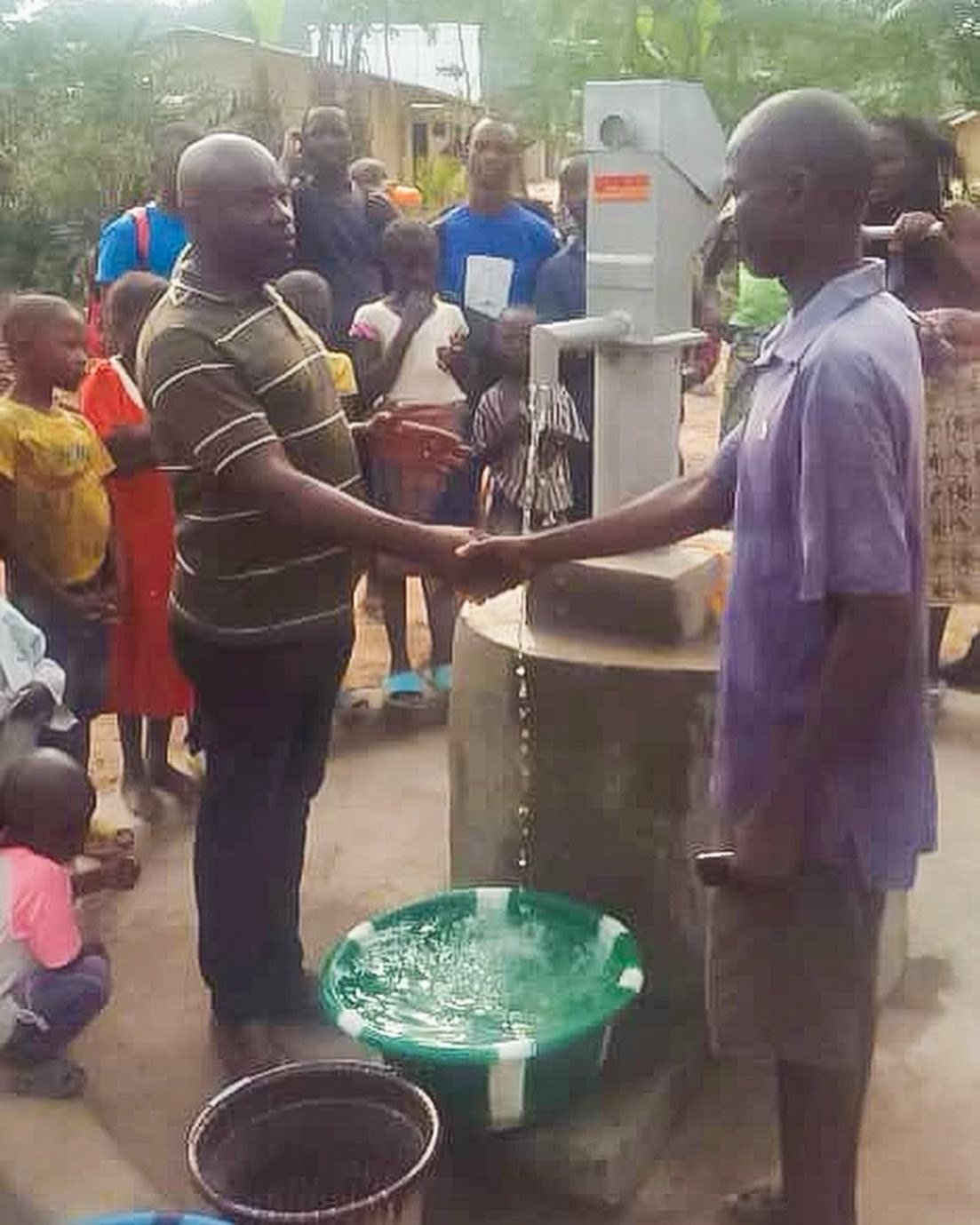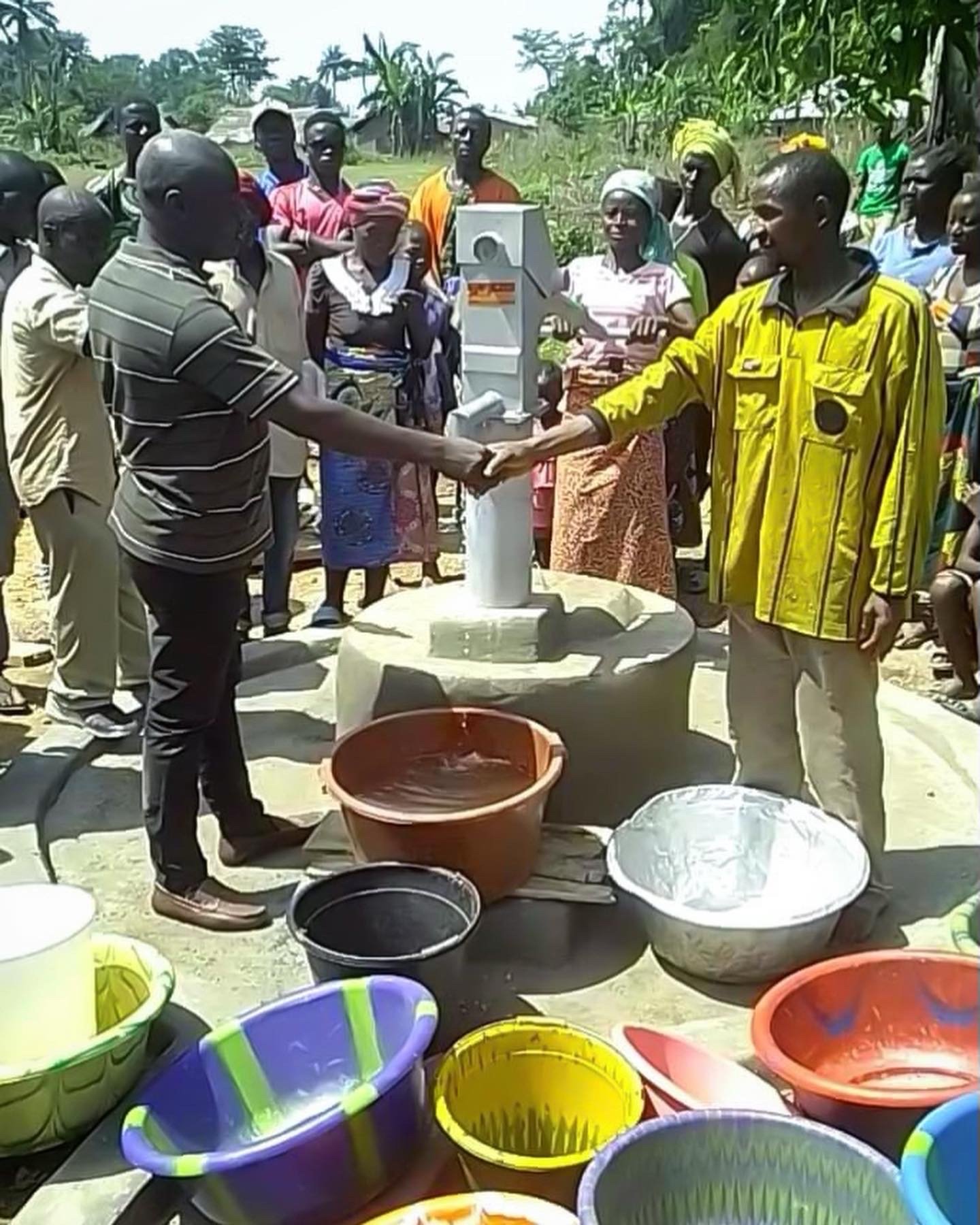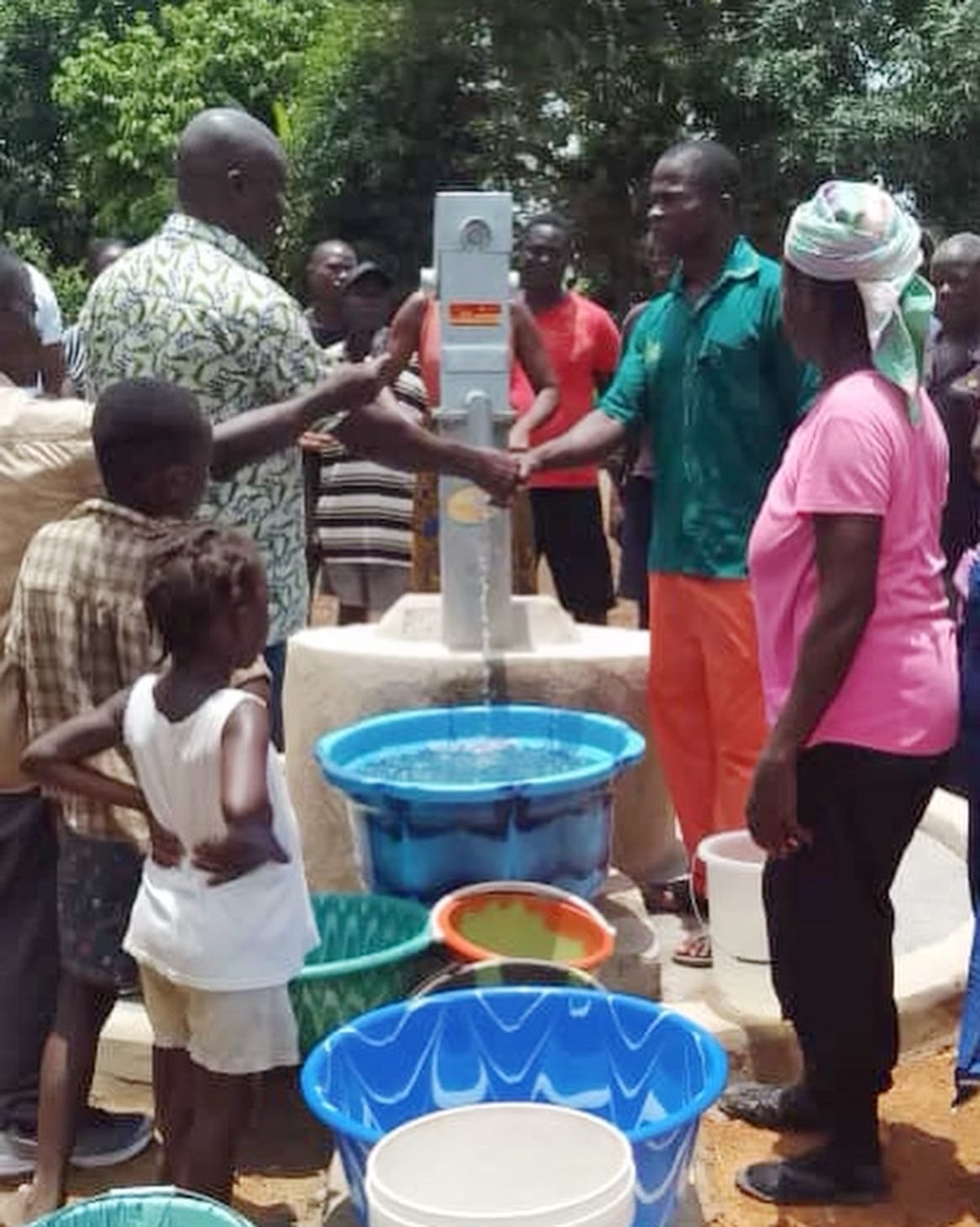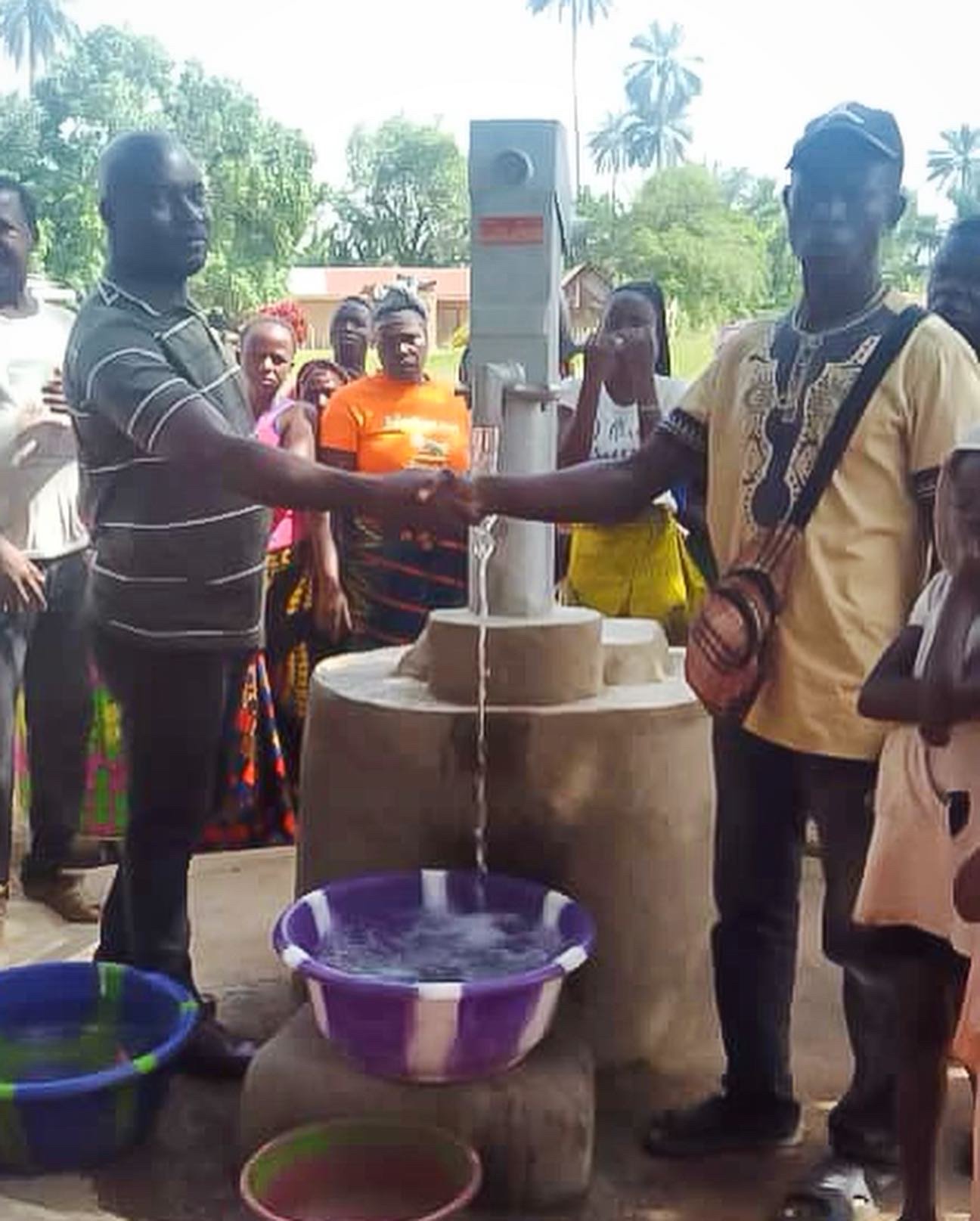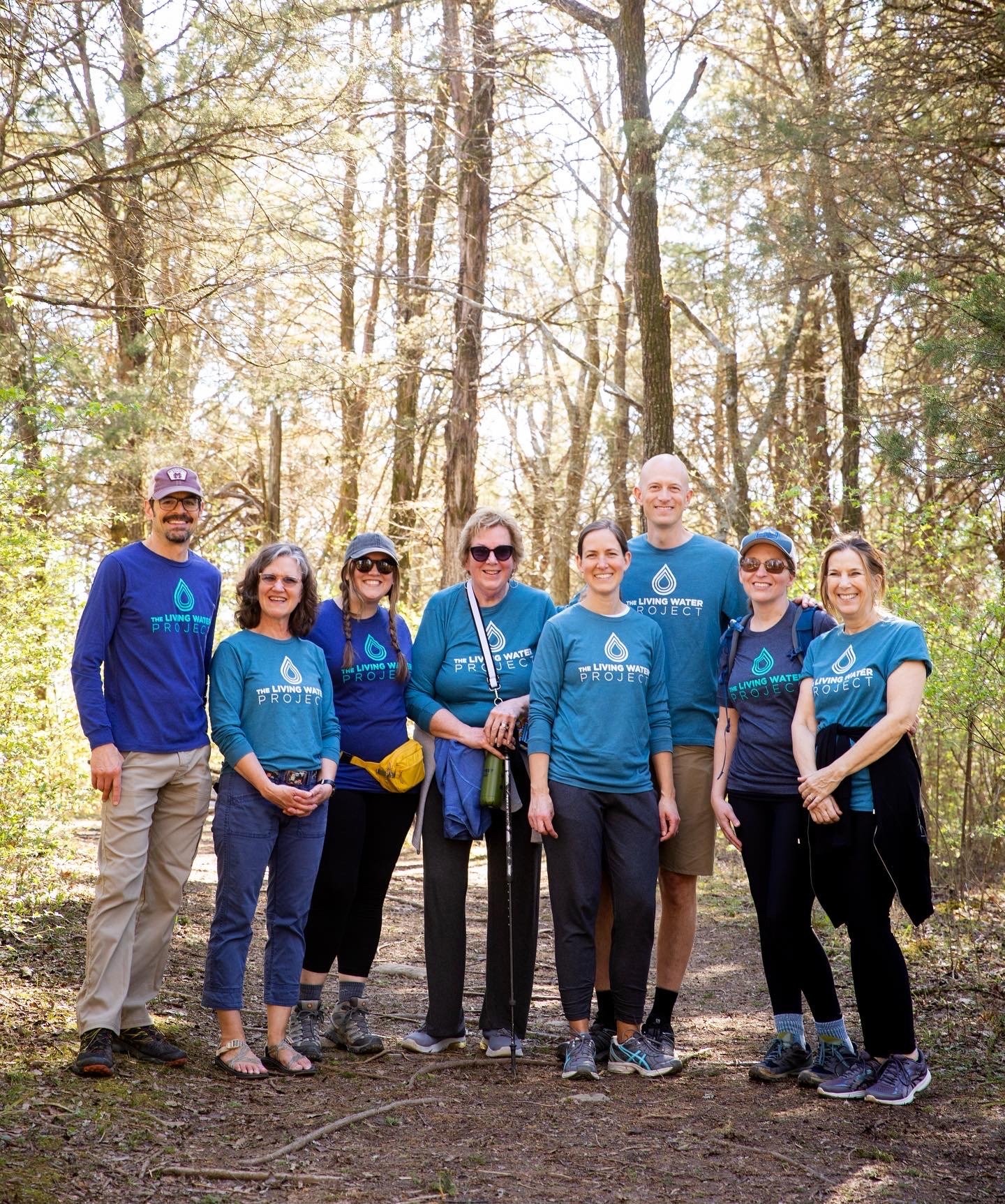Amy Arnold is a long-time friend of The Living Water Project and recently shared a powerful story that is worth re-sharing here. With previous experience as a law enforcement officer, Amy is now a donation-supported missionary fighting human trafficking in Southern Africa. She trains law enforcement and non-profit organizations and works in the field, rescuing and supporting victims of human trafficking.
You can read more about her important work and lend your support at ArnoldsAbroad.com
THE POWER OF WATER by Amy Arnold
This is a story about a Dutch policeman, a boy from my childhood, and a precious friend from Lipscomb. The way in which the paths of these three people come together to serve “the least of these” is only possible in the creative mind of God. Only He could have woven this story together. As much as this is a story about my three friends, it really starts on the other side of the world with three young boys in Malawi.
Due to extreme poverty, most children in Malawi don’t have the luxury of going to school. They must search for work, but only the lucky ones actually find something to do. They work not only to provide for their families, but also to contribute to the whole village. Jobs are rare, so when one person can find work, the expectation is that they share the money with those around them.
It was a happy day in a certain Malawian village when three of their children were given the chance to work on a tobacco farm. Like most things too good to be true, there was a catch. The boys would not get paid until they had worked for 12 months. (Enter Gerco) Gerco is a colleague of mine, originally from the Netherlands who worked in Malawi fighting human trafficking. When he and his team became aware of this tobacco farm, eyebrows were raised, and they began to investigate. It didn’t take long before Gerco and his team were able to rescue one of the boys from the farm. While taking statements from him and his family members, the boy’s mother told Gerco that children had been working at the farm for 11 months. She asked if Gerco could wait just one more month before conducting a raid so that the boys would at least get paid for their year of work.
Now you, Gerco, and I can clearly see that the likelihood of those boys getting paid even after 12 months was slim to none. But you can’t blame the desperation of a mother clinging to hope. Unfortunately, waiting another month would endanger the remaining boys and give the farmer time to flee.
As hope was fading, the mother asked if Gerco could somehow compensate the village for the “lost” money since he was planning on rescuing the others before the 12 month mark. Gerco had compassion for her, but didn’t want to cover up a real problem with temporary money so he asked her, what would really help the village to ensure it’s children don’t get trafficked again. The mother answered, “water.” She said since they have to spend hours and hours everyday walking to fetch water, there was no time to do anything else. If they had water they could grow crops and raise cattle.
Gerco didn’t have an answer but told the mother he would think on it. A few days later he shared this story with me. He wasn’t looking for me to provide a solution but was just telling me about his latest case. As I was listening, I immediately thought of a childhood friend of mine. (Enter Jon) Jon is the president of an amazing organization called The Living Water Project. The Living Water Project is a non-profit organization that extends the love of Jesus by building water wells in impoverished areas all over the globe.
I contacted Jon to see if he thought there was the possibility of assisting this village. He said he would pass on the information to the rest of his team, but the timing was good because The Living Water Project had just approved a series of water wells in Malawi around a local hospital called Blessings Hospital. (Enter Sara) Sara was a dear friend of mine from our college days at Lipscomb. She had a heart for medical missions and after her death the Sara Walker Foundation was established to continue her legacy. Jon said if the village was near enough to the hospital, they could possibly tie an additional well into the same project.
My mind was blown, my old friend Jon at The Living Water Project was going to contact a hospital that is supported by my precious friend Sara’s foundation to see if they could provide water for a village in which my colleague Gerco had just rescued trafficking victims!
And, it worked! In the end, three boys rescued, one trafficker arrested, and a village now has clean water. Water to drink, to clean wounds, to wash, to farm, and to build lives that don’t force children into exploitation.
Oh how I continue to be in awe at the creativity of God and how He will weave paths together in the most inexplicable ways. Our only job is to be on the path He wants us on.





